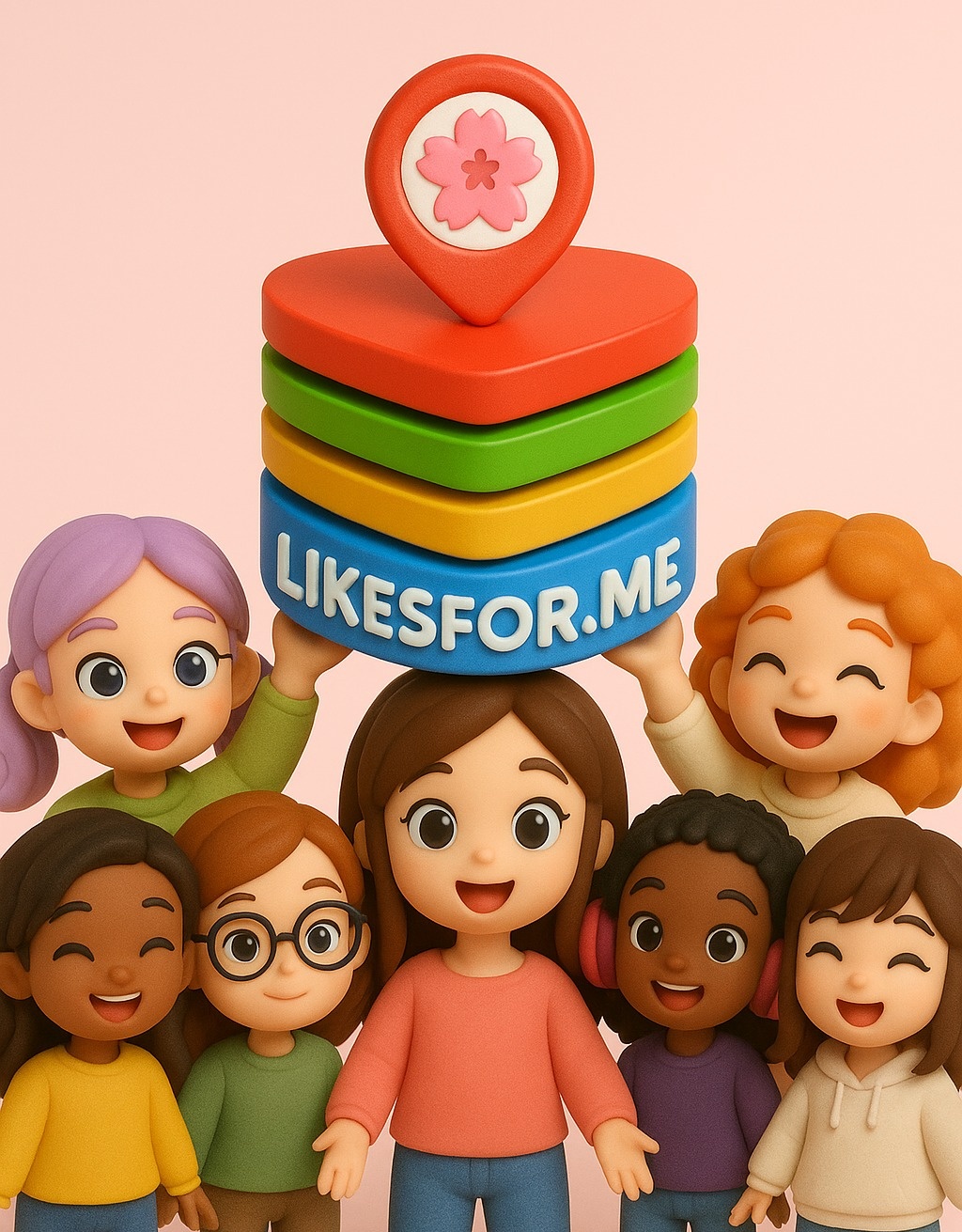
Why Boosting Your Post Matters More Today Than It Did 12 Months Ago
Over the past year, the digital marketing landscape has shifted dramatically. Social media platforms that once thrived on a steady influx of ad revenue are now facing a noticeable decline in advertisers’ spending. This trend has pushed platforms to adjust their algorithms and monetization strategies—creating an environment where boosting your post makes a significantly bigger impact than it did just a year ago.
The Decline in Platform-Based Advertising
Data from late 2024 into 2025 shows a sharp drop in small-to-mid-sized businesses investing in paid social media ads. Factors like tighter marketing budgets, growing distrust in ad transparency, and increased competition from newer platforms (like Threads, BeReal, and localized community-driven apps) have all contributed to this decline.
Meta, TikTok, and even X (formerly Twitter) have all reported a dip in ad revenue from self-serve ad products, particularly from the SMB sector. What this means for content creators and brands is simple: platforms are no longer being flooded with boosted content like they were 12 months ago.
Why This Makes Boosting More Effective Today
-
Less Competition = More Visibility
With fewer brands and creators paying to boost posts, your content now has a better chance to stand out. A year ago, your boosted post had to compete with thousands of others at the same time. Today, the playing field is less crowded, giving your dollar more reach and longer lifespan. -
Algorithmic Favoritism Toward Paying Users
Platforms are incentivized to show boosted content more favorably to keep their ad products alive. They've quietly tweaked their algorithms to reward even small boosts, offering better placement in feeds, more impressions, and extended engagement windows. -
Boosting Now Triggers Organic Momentum
Because of the lack of saturation, boosted posts today are more likely to trigger organic snowballing. With just a modest push, a post can reach critical engagement levels (likes, comments, shares), which then leads to further organic exposure—something that was much harder to achieve a year ago when boosted content was drowned out. -
Better Performance Insights and Targeting
In response to lower ad spend, platforms have improved their back-end tools. Insights are more granular, targeting options are sharper, and real-time optimization is now faster. Boosting a post today gives you more control and visibility over your ROI than in 2024. -
Reputation Signaling
Users are now more aware of boosted content, but less fatigued by it due to lower ad volume. This gives your post a sort of "social proof" boost—appearing as a confident, well-produced piece of content worth seeing, especially when it gets solid engagement early.
Final Thoughts
Twelve months ago, boosting your post meant entering a noisy, oversaturated space where your message was just one of many. Today, with fewer brands pushing paid content and platforms keen to reward any spend, even a small boost can carry you significantly further.
For content creators, marketers, and small businesses, this is the moment to act. Boosting is no longer just a tactic it's a strategic advantage.